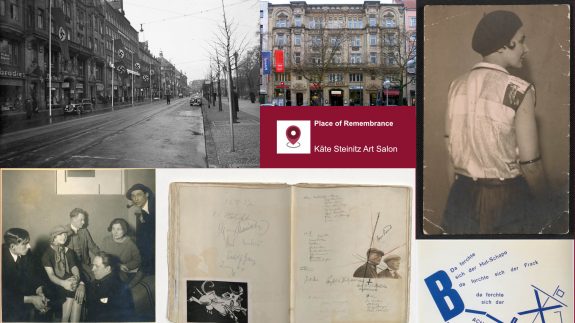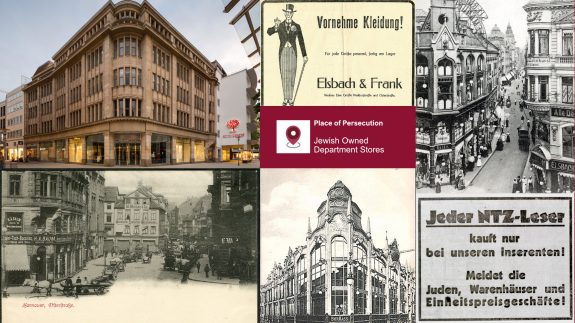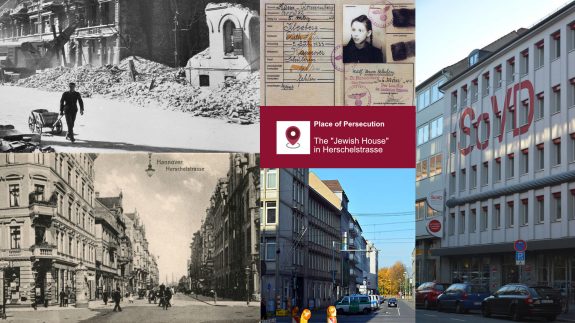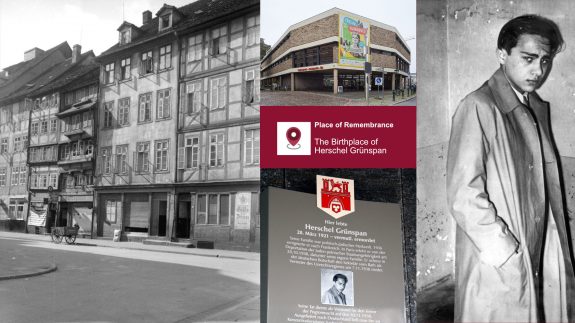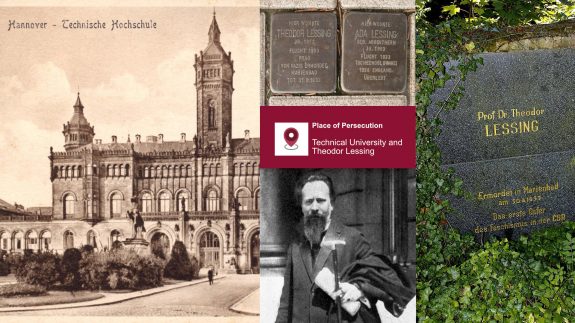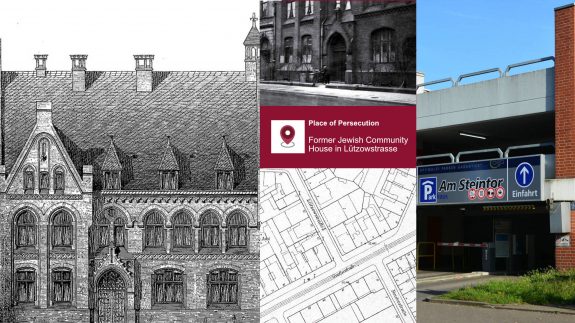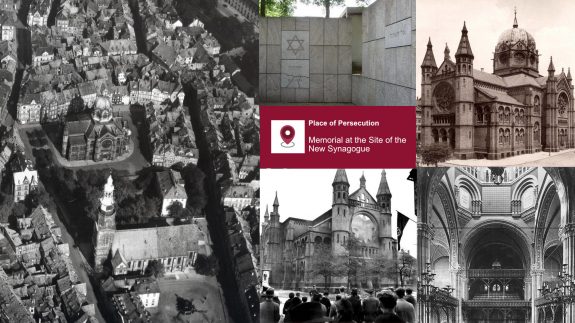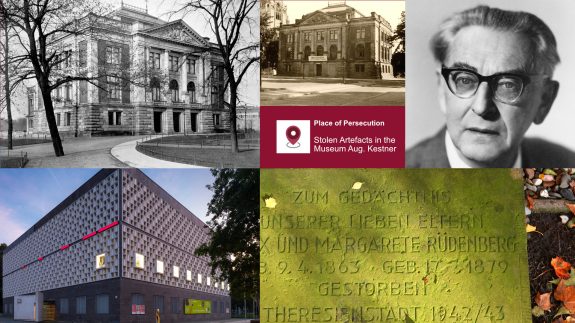Käte Steinitz Art Salon
Käte Steinitz Art Salon Kate Steinitz moves to Hanover in 1918 together with her husband. The university-educated art historian soon finds herself the focus of the city’s literary and artistic avant-garde. The guest book of her drawing room in her spacious apartment in Haus Basse reflects the vibrant cultural mood of optimism of the Twenties…

